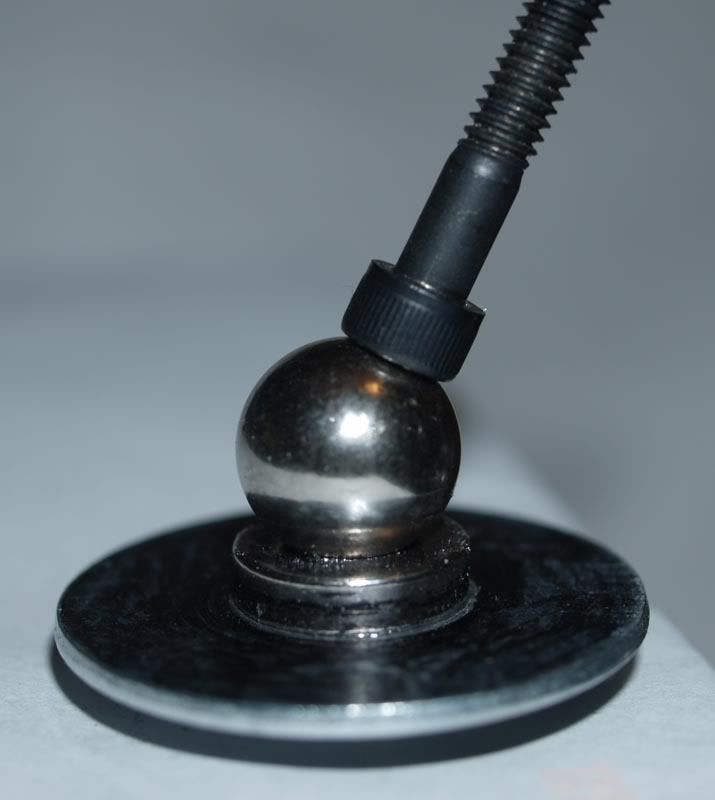I've read (somewhere on the Internet, so I know it's true) that a ball joint has three degrees of freedom or axes. I put a ball bearing on a magnet attached to a washer, then put a machine screw on the ball bearing. The machine screw can move to any position on the upper hemisphere of the ball bearing. The washer is constrained to only allow rotation. How many axes do I really have here and what are they called?
Here's a snapshot of it:

Here's a snapshot of it:

.png)

Comment